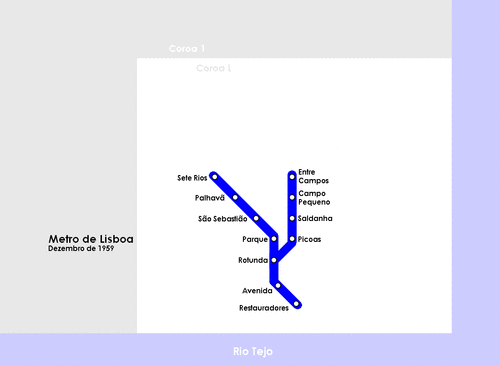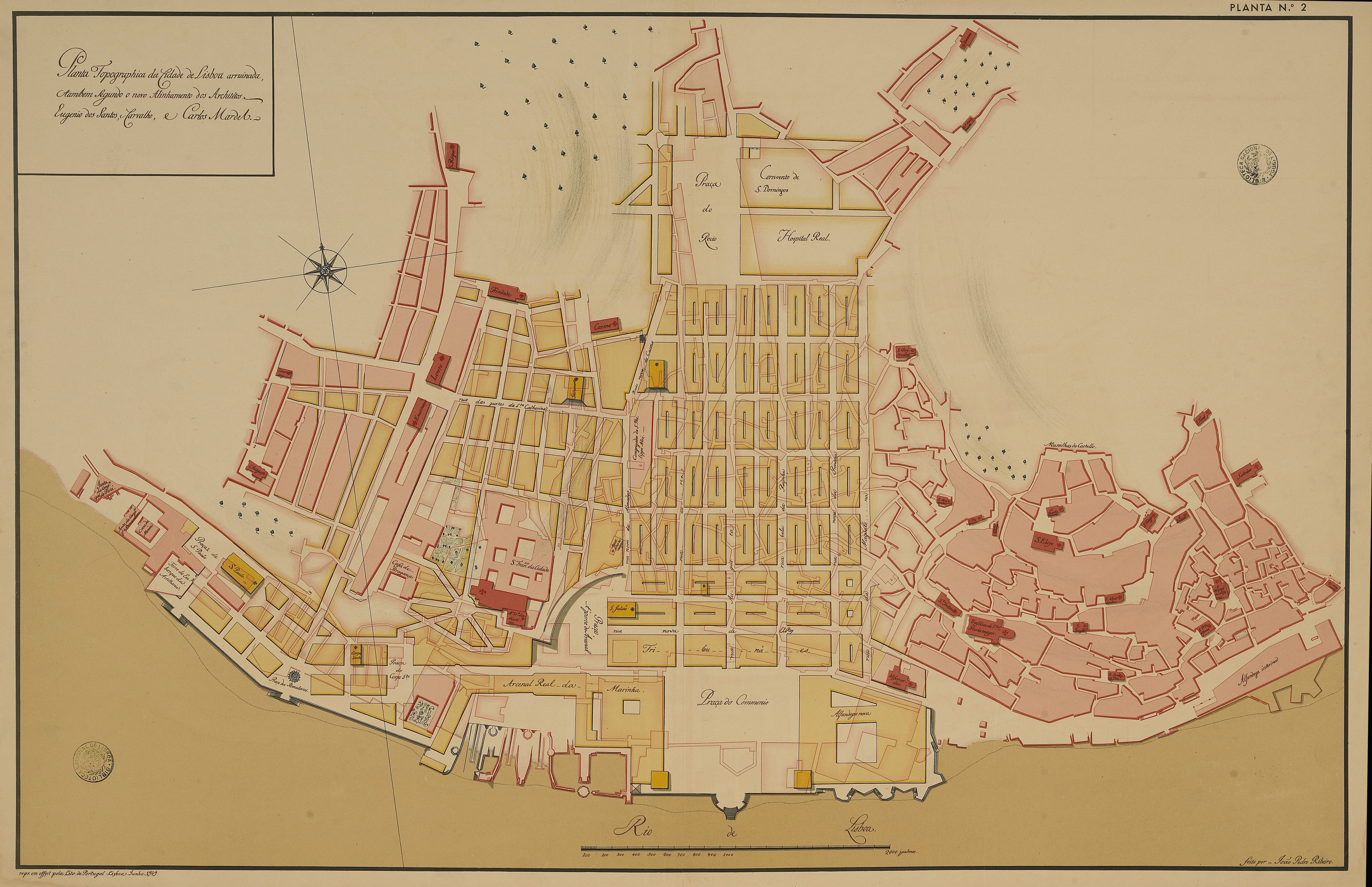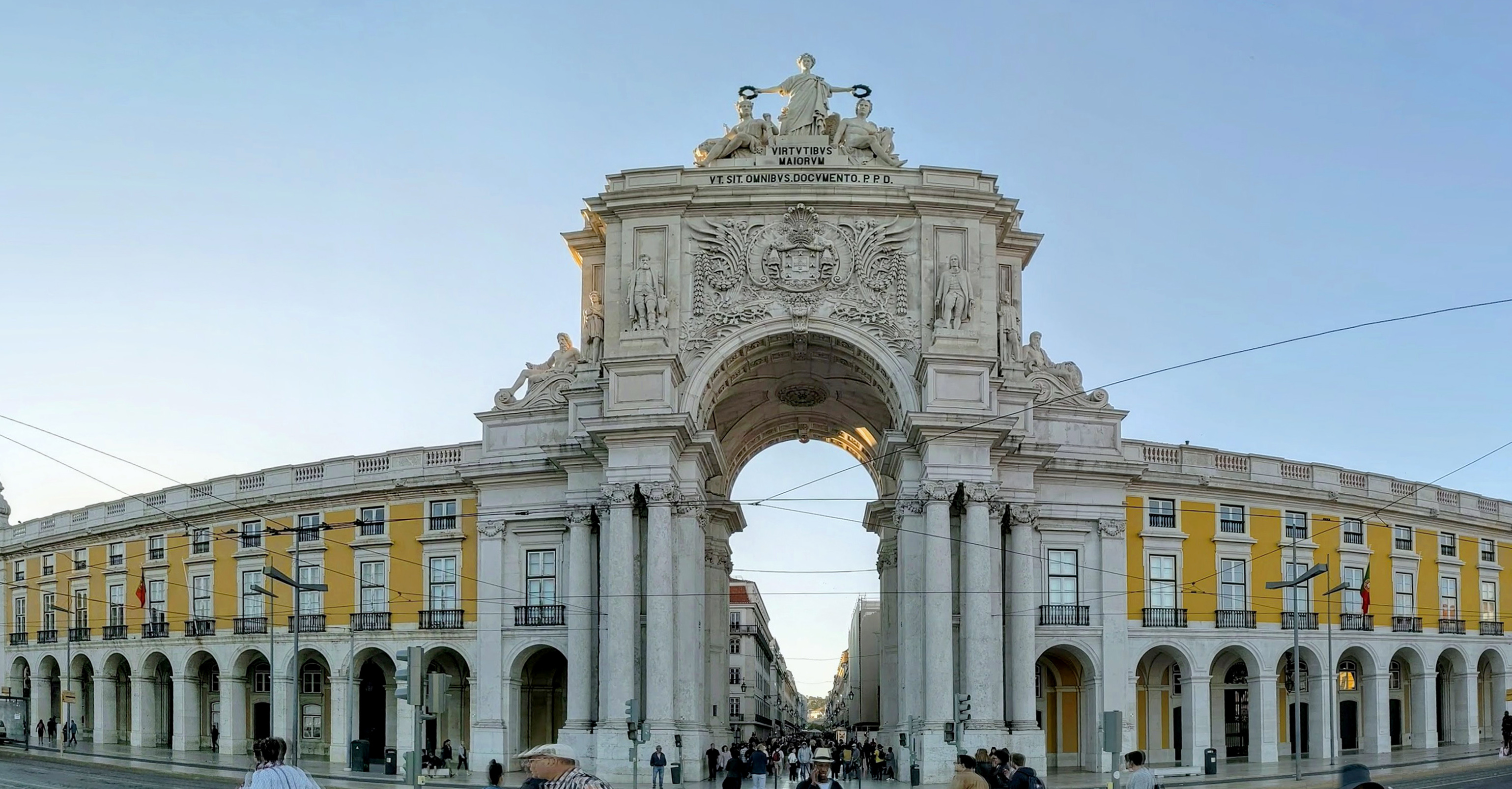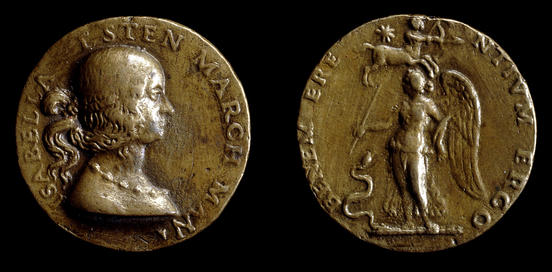|
Praça Da Figueira
The Praça da Figueira (, ''Square of the Fig Tree'') is a large square in the centre of Lisbon, in Portugal. It is part of the Lisbon Baixa, the area of the city reurbanised after the 1755 Lisbon earthquake. In the 16th century the square did not exist, and most of its area was occupied by the Hospital Real de Todos os Santos (''All-Saints Royal Hospital''), the most important in the city. In 1755, after the great earthquake which destroyed most of Lisbon, the hospital was greatly damaged. It was demolished around 1775. The large area previously occupied by the hospital in the Baixa was turned into an open market square. Around 1885, a large covered market of 8,000 m2 was built. This market existed until 1949, when it was demolished. Since then the square has been an open space. In 1971 a bronze equestrian statue representing King John I (1357–1433), by sculptor ''Leopoldo de Almeida'', was inaugurated in the square. The monument also carries medallions with the effigies ... [...More Info...] [...Related Items...] OR: [Wikipedia] [Google] [Baidu] |
Lisbon One - 82 (3466307459)
Lisbon ( ; ) is the capital and largest city of Portugal, with an estimated population of 567,131, as of 2023, within its administrative limits and 3,028,000 within the Lisbon Metropolitan Area, metropolis, as of 2025. Lisbon is mainland Europe's westernmost capital city (second overall after Reykjavík, Reykjavik), and the only one along the Atlantic coast, the others (Reykjavik and Dublin) being on islands. The city lies in the western portion of the Iberian Peninsula, on the northern shore of the River Tagus. The western portion of its metro area, the Portuguese Riviera, hosts the westernmost point of Continental Europe, culminating at Cabo da Roca. Lisbon is one of the List of oldest continuously inhabited cities, oldest cities in the world and the second-oldest European capital city (after Athens), predating other modern European capitals by centuries. Settled by pre-Celtic tribes and later founded and civilized by the Phoenicians, Julius Caesar made it a municipium ... [...More Info...] [...Related Items...] OR: [Wikipedia] [Google] [Baidu] |
Nuno Álvares Pereira
'' Dom'' Nuno Álvares Pereira, OCarm (; 24 June 1360 – 1 November 1431) was a very successful Portuguese general who had a decisive role in the 1383–1385 Crisis that assured Portugal's independence from Castile. He later became a mystic and was beatified by Pope Benedict XV in 1918, and canonised by Pope Benedict XVI in 2009. Nuno Álvares Pereira is often referred to as the Saint Constable () or as Saint Nuno of Saint Mary (), his religious name. He was count of Barcelos, Ourém and Arraiolos. Family Nuno Álvares Pereira was born on 24 June 1360 in Cernache do Bonjardim, central Portugal, the illegitimate son of Dom Álvaro Gonçalves Pereira, prior of Crato and Iria Gonçalves do Carvalhal. His grandfather was Dom Gonçalo Pereira, the archbishop of Braga from 1326 until 1349. He was descended from the oldest Portuguese and Galician nobility. About a year after his birth, the child was legitimised by royal decree and so he was able to receive a knig ... [...More Info...] [...Related Items...] OR: [Wikipedia] [Google] [Baidu] |
Lisbon Metro
The Lisbon Metro () is a rapid transit system in Lisbon, Portugal. Opened in December 1959, it was the first rapid transit system in Portugal. , the system's four lines total of route and serve 56 stations. History Initial plans The idea of building a system of underground railways for the city of Lisbon first arose in 1888. It was first proposed by Henrique de Lima e Cunha, a military engineer who had published a proposal in the journal ''Obras Públicas e Minas'' ''(Public Works and Mines)'' for a network with several lines that could serve the Portuguese capital. Concrete plans took longer to evolve, though. Lanoel Aussenac d'Abel and Abel Coelho presented theirs in 1923, and José Manteca Roger and Juan Luque Argenti theirs one year later, in 1924. None of these plans were carried out. After World War II, in which Portugal remained neutral, the national economy took off and the financial possibilities arising from the Marshall Plan provided a strong boost to the pote ... [...More Info...] [...Related Items...] OR: [Wikipedia] [Google] [Baidu] |
Baixa Pombalina
The Baixa ("Downtown"), also known as the Baixa Pombalina (; "Pombaline Downtown"), is a neighborhood in the historic center of Lisbon, Portugal. It consists of the grid of streets north of the Praça do Comércio, roughly between the Cais do Sodré and the Alfama district beneath the Lisbon Castle, and extends northwards towards the Rossio and Figueira squares and the Avenida da Liberdade, a tree-lined boulevard noted for its tailoring shops and cafes. History The Pombaline Baixa is an elegant district, primarily constructed after the 1755 Lisbon earthquake. It takes its name from Sebastião José de Carvalho e Melo, 1st Marquis of Pombal, the prime minister to Joseph I of Portugal from 1750 to 1777 and key figure of the Enlightenment in Portugal, who took the lead in ordering the rebuilding of Lisbon after the 1755 earthquake. The Marquis of Pombal imposed strict conditions on rebuilding the city, and the current grid pattern strongly differs from the organic streetplan that ... [...More Info...] [...Related Items...] OR: [Wikipedia] [Google] [Baidu] |
Azulejo
(, ; from the Arabic ) is a form of Portuguese and Spanish painted Tin-glazing, tin-glazed ceramic tilework. ''Azulejos'' are found on the interior and exterior of church (building), churches, palaces, ordinary houses, schools, and nowadays, restaurants, bars and even railway station, railways or subway stations. They are an Ornament (architecture), ornamental art form, but also had a specific functional capacity, like temperature control in homes. There is also a tradition of their production in former Portuguese Empire, Portuguese and Spanish Empire, Spanish colonies in North America, South America, the Philippines, Goa, Portuguese language in Africa, Lusophone Africa, East Timor, and Macau. ''Azulejos'' constitute a major aspect of Portuguese architecture and Spanish architecture to this day and are fixtures of buildings across Portugal, Spain and their former territories. Many ''azulejos'' chronicle major historical and cultural aspects of both History of Portugal, Portugue ... [...More Info...] [...Related Items...] OR: [Wikipedia] [Google] [Baidu] |
Tile
Tiles are usually thin, square or rectangular coverings manufactured from hard-wearing material such as ceramic, Rock (geology), stone, metal, baked clay, or even glass. They are generally fixed in place in an array to cover roofs, floors, walls, edges, or other objects such as tabletops. Alternatively, tile can sometimes refer to similar units made from lightweight materials such as perlite, wood, and mineral wool, typically used for wall and ceiling applications. In another sense, a tile is a construction tile or similar object, such as rectangular counters used in playing games (see tile-based game). The word is derived from the French Language, French word ''tuile'', which is, in turn, from the Latin Language, Latin word ''tegula'', meaning a roof tile composed of fired clay. Tiles are often used to form wall and floor coverings, and can range from simple square tiles to complex or mosaics. Tiles are most often made of pottery, ceramic, typically Ceramic glaze, glazed for ... [...More Info...] [...Related Items...] OR: [Wikipedia] [Google] [Baidu] |
Praça Do Comércio
The Praça do Comércio (; ) is a large, harbour-facing plaza in Portugal's capital, Lisbon, and is one of the largest in Portugal, with an area of 175 by 175 m (574 by 574 ft), that is, 30,600 m2 (329,000 ft2). Facing the Tagus () to the South, the plaza is still commonly known in Portuguese as Terreiro do Paço ( (), as it hosted the Paço da Ribeira () until the latter was destroyed by the great 1755 Lisbon earthquake (the subway station located there is still named after the old name of the plaza). After the earthquake, the plaza was completely remodeled as part of the rebuilding of the Pombaline Downtown (''Baixa''), ordered by Sebastião José de Carvalho e Melo, 1st Marquis of Pombal, who was (chief) Minister of Portugal from 1750 to 1777, during the reign of the Portuguese King José I. From the 19th century onwards, Praça do Comércio became the seat of some of the most important Portuguese state departments, including the Ministries of Finances, Internal Adminis ... [...More Info...] [...Related Items...] OR: [Wikipedia] [Google] [Baidu] |
João Das Regras
João das Regras (??? - 3 May 1404), in English, literally John of the Rules, was a Portuguese jurist of the second half of the 14th century. In the context of the 1383—1385 Crisis, in Portugal, he stood out for his masterly representation for the cause of the Master of Avis in the Coimbra Courts of 1385, the corollary of which was his acclaim as King of Portugal. Life Born in Lisbon at an unknown date, he was the son of João Afonso das Regras and Sentil Esteves, João das Regras became a stepson of Álvaro Pais, the chief chancellor of the Portuguese Kingdom, after his mother's second marriage. According to the Portuguese chronicler Fernão Lopes, João das Regras studied in the University of Bologna. Later, João das Regras became a professor in the University of Lisbon and in October 1400, became the Protector of the University (a title that nowadays can be compared to that of a Rector). Although he was reputed to have defended the creation of a compilation of laws a ... [...More Info...] [...Related Items...] OR: [Wikipedia] [Google] [Baidu] |
Medallion
A medal or medallion is a small portable artistic object, a thin disc, normally of metal, carrying a design, usually on both sides. They typically have a commemorative purpose of some kind, and many are presented as awards. They may be intended to be worn, suspended from clothing or jewellery in some way, although this has not always been the case. They may be struck like a coin by dies or die-cast in a mould. A medal may be awarded to a person or organisation as a form of recognition for sporting, military, scientific, cultural, academic, or various other achievements. Military awards and decorations are more precise terms for certain types of state decoration. Medals may also be created for sale to commemorate particular individuals or events, or as works of artistic expression in their own right. In the past, medals commissioned for an individual, typically with their portrait, were often used as a form of diplomatic or personal gift, with no sense of being an award fo ... [...More Info...] [...Related Items...] OR: [Wikipedia] [Google] [Baidu] |
Praca Da Figueira Lisboa 2
Praca and variants may refer to: * Prača (river), a river in Bosnia and Herzegovina * Prača, Pale, Istočno Sarajevo, a village in the Municipality of Pale, Istočno Sarajevo * Prača, Pale, Bosnian-Podrinje Canton Goražde, a village in the Municipality of Pale, Bosnian-Podrinje Canton Goražde * Prača (Dimitrovgrad), a village in Serbia * Praca, Łódź Voivodeship Praca is a village in the administrative district of Gmina Wola Krzysztoporska, within Piotrków County, Łódź Voivodeship, in central Poland. It lies approximately north of Wola Krzysztoporska, west of Piotrków Trybunalski, and south of th ..., a village in Łódź Voivodeship in central Poland * Praca (ship), a civilian tanker of Polish Ocean Liners hijacked by Republic of China Navy of Chiang Kai-shek regime in West Pacific Ocean {{geodis ... [...More Info...] [...Related Items...] OR: [Wikipedia] [Google] [Baidu] |
John I Of Portugal
John I ( WP:IPA for Portuguese, [ʒuˈɐ̃w̃]; 11 April 1357 – 14 August 1433), also called John of Aviz, was King of Portugal from 1385 until his death in 1433. He is recognized chiefly for his role in Portugal's victory in 1383–85 crisis, a succession war with Crown of Castile, Castile, preserving his country's independence and establishing the House of Aviz, Aviz (or Joanine) dynasty on the Portuguese throne. His long reign of 48 years, the most extensive of all Portuguese monarchs, saw the beginning of Portugal's overseas expansion. John's well-remembered reign in his country earned him the epithet of Fond Memory (''de Boa Memória''); he was also referred to as "the Good" (''o Bom''), sometimes "the Great" (''o Grande''), and more rarely, especially in Spain, as "the Bastard" (''Bastardo''). Early life John was born in Lisbon as the Royal bastard, natural son of King Peter I of Portugal by a woman named Teresa, who, according to the royal chronicler Fernão Lopes in ... [...More Info...] [...Related Items...] OR: [Wikipedia] [Google] [Baidu] |





